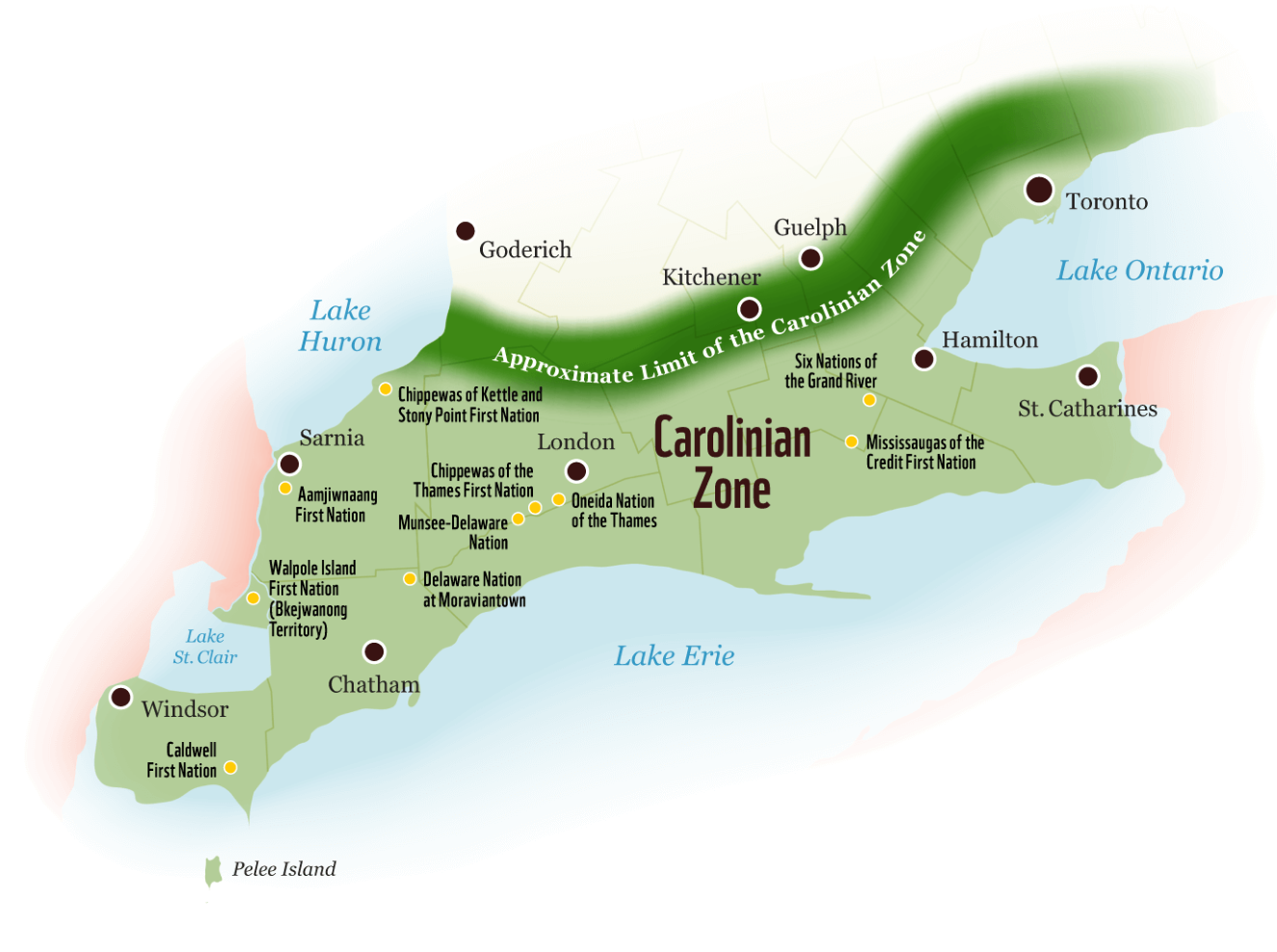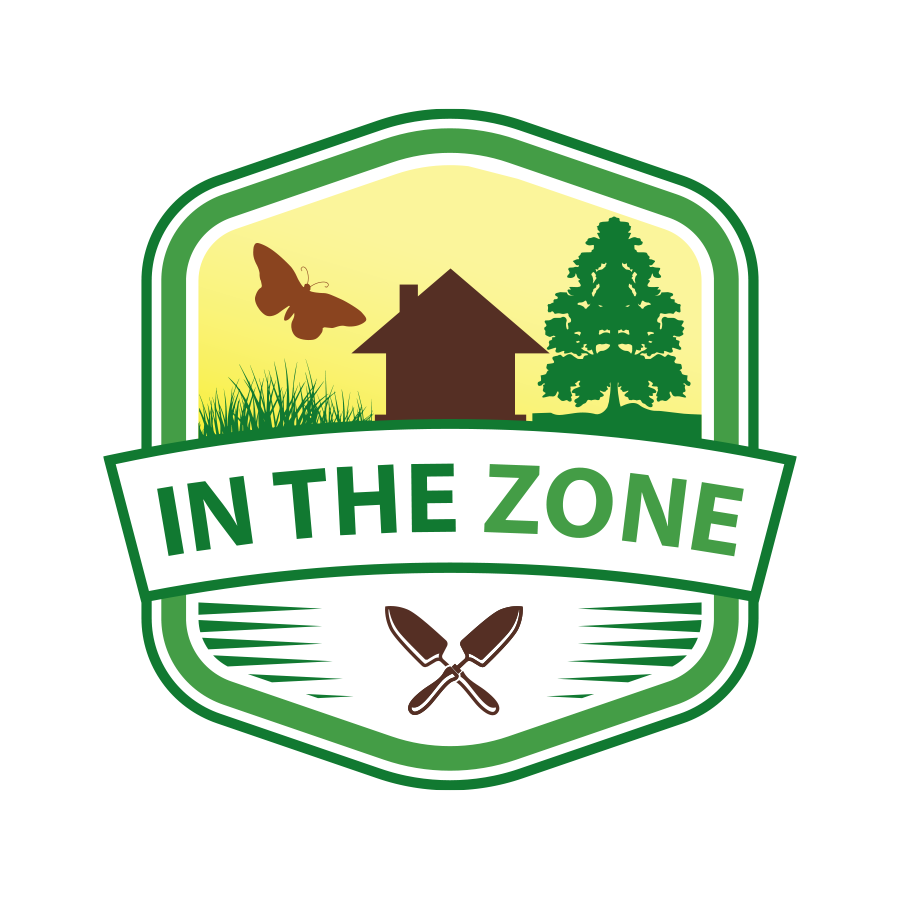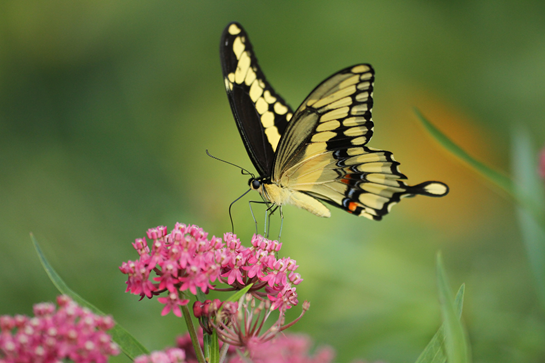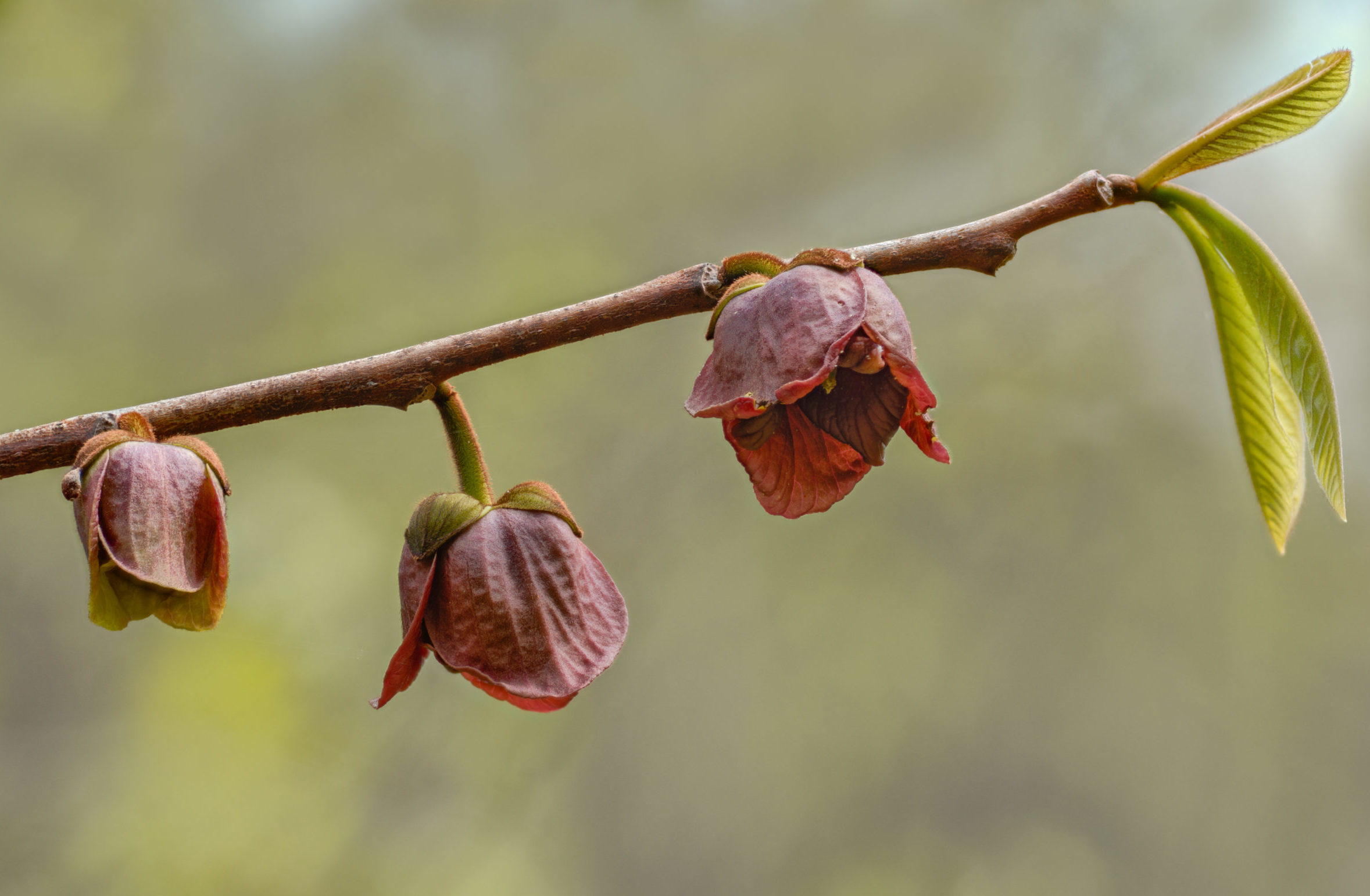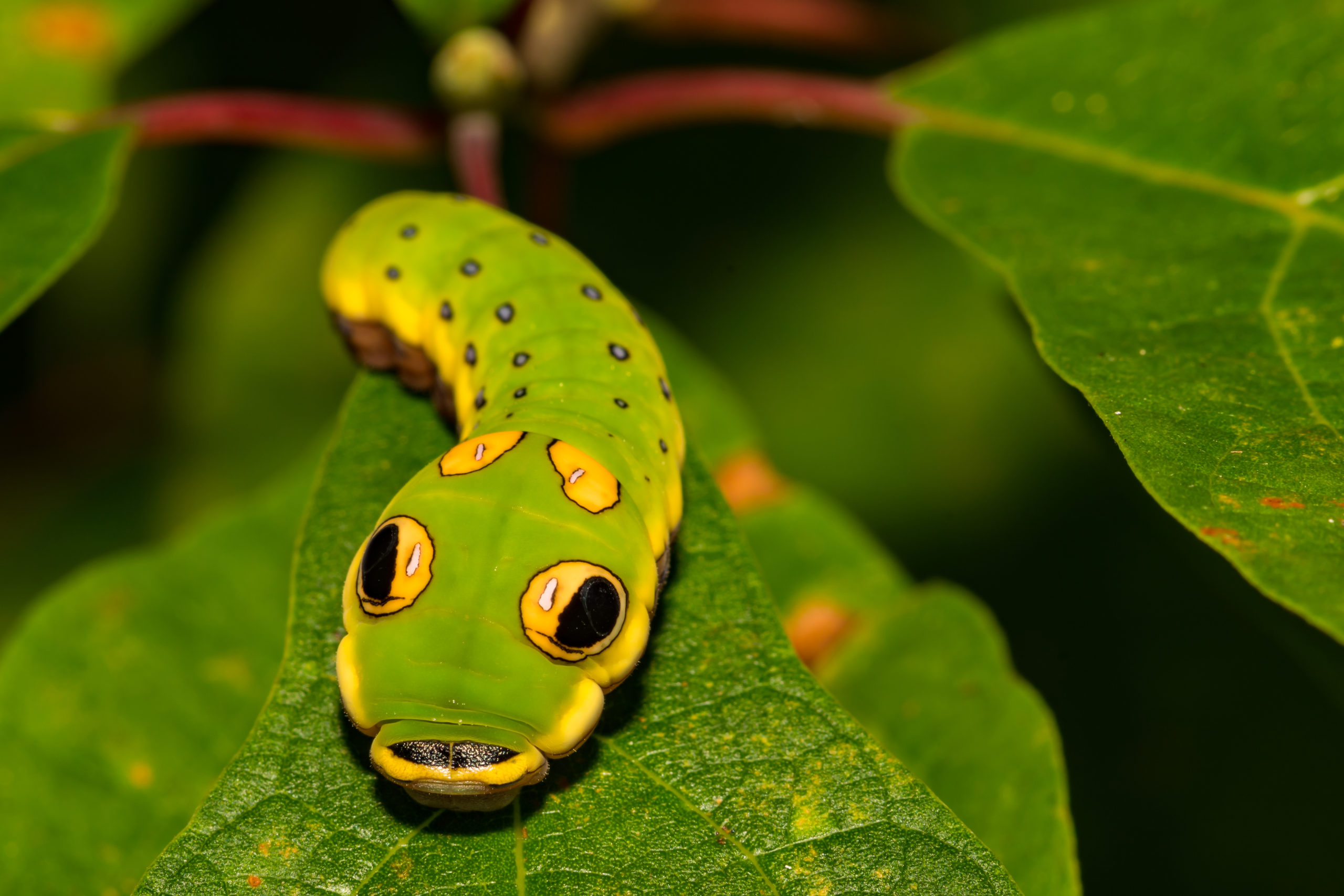The Carolinian Zone in southern Ontario is a hotspot for biodiversity, with more species of rare plants and animals than anywhere else in Canada, including the Blanding’s turtle, southern flying squirrel, rusty-patched bumblebee and monarch butterfly.
Not only is the Carolinian Zone home to one-third of Canada’s at-risk plants and animals, it’s also home to a quarter of our human population. The region’s population is steadily increasing and so is its impact on nature, creating challenges for landscape planning, land management and balancing our ways of life with healthy ecosystems.
That’s why, if you live in the Carolinian Zone, your garden represents a critical opportunity to restore lost habitat and create a healthy future for the region and the wildlife that call it home. Please join us in making your garden part of the solution — together we can grow life-sustaining habitats and resilient landscapes, one yard at a time.
